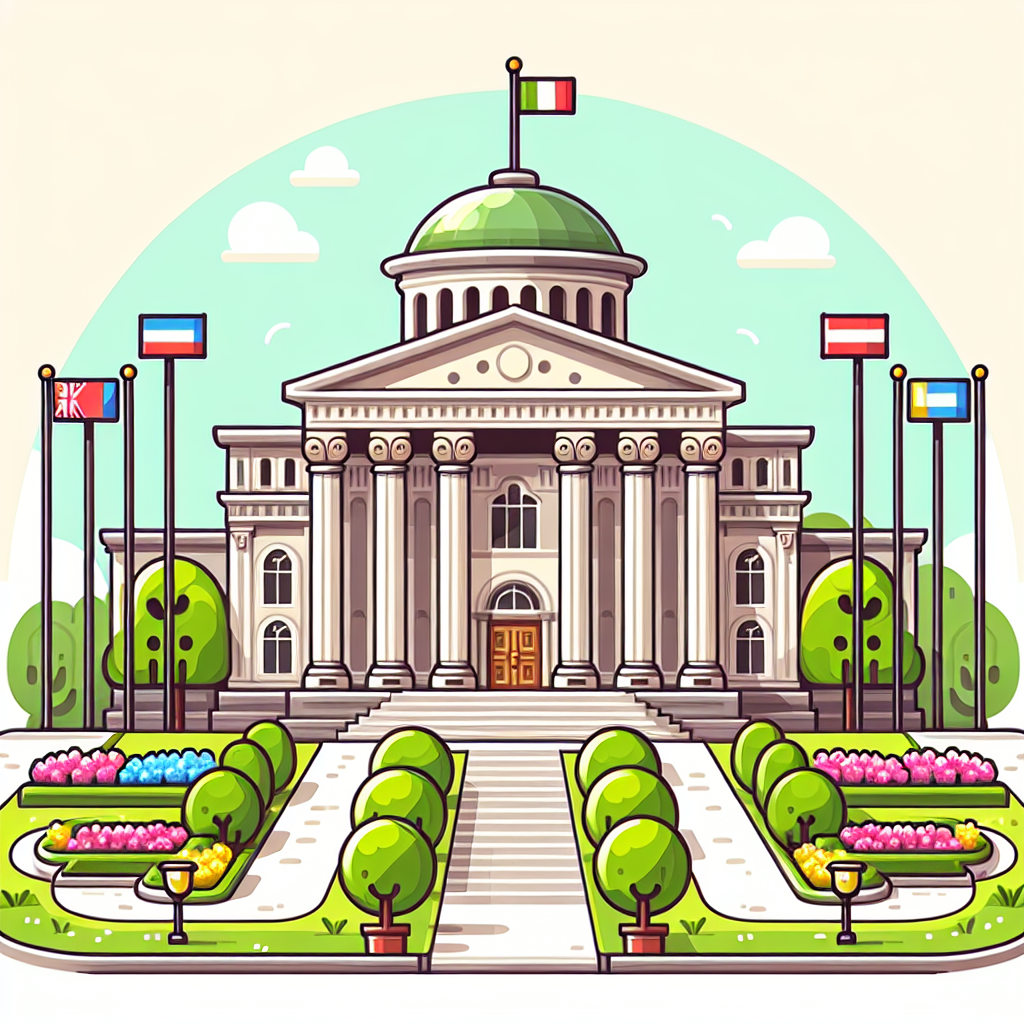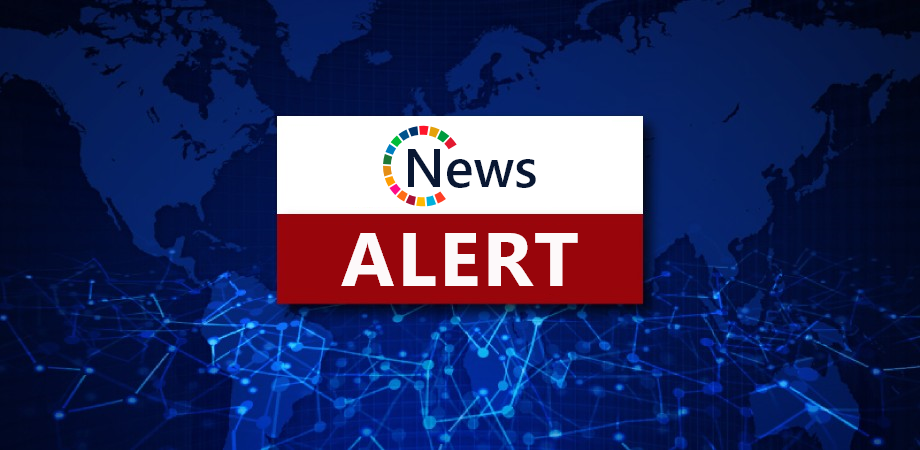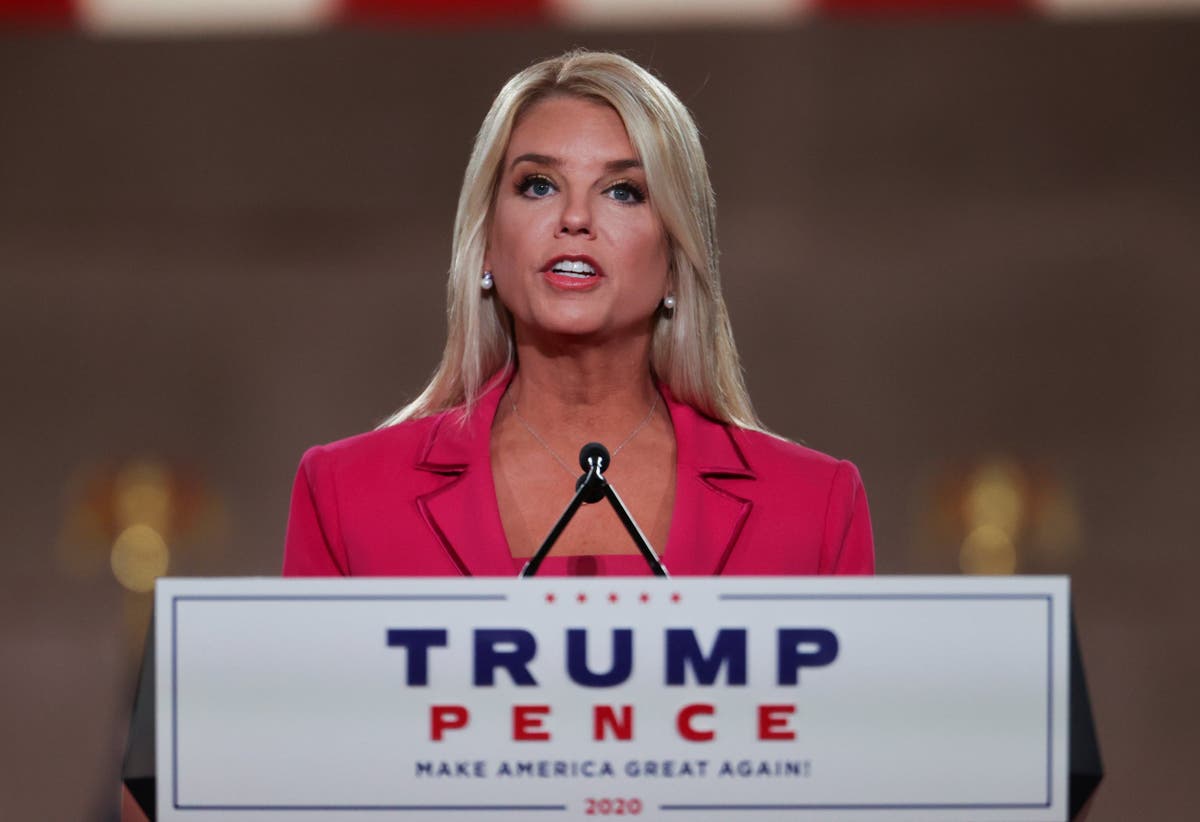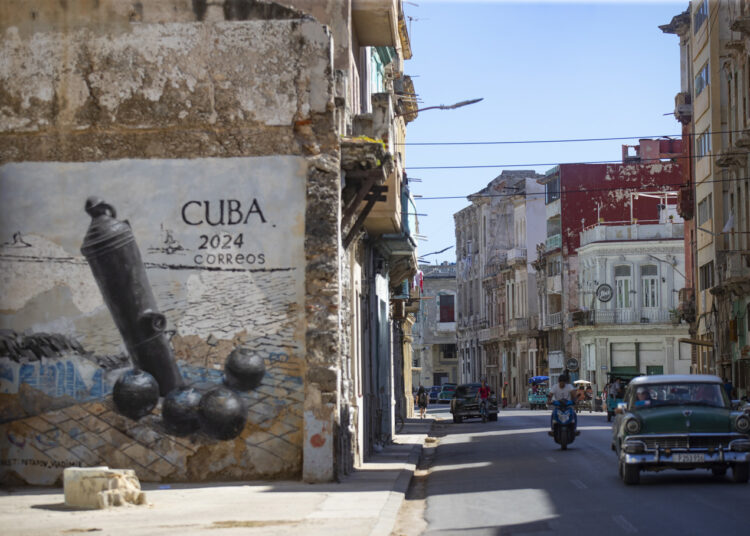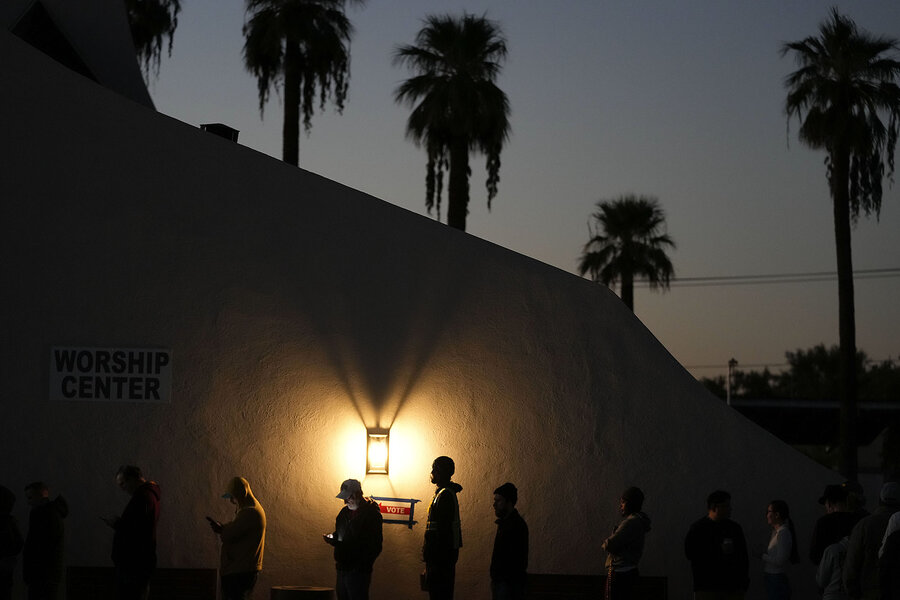
After a surge of early voting, tens of millions of Americans turned out on Election Day to cast their ballots, suggesting another high presidential poll turnout. There were technical problems and bomb threats at some polling stations, spurring some counties to extend voting hours. In Florida, a state website with poll booth locations crashed, though election officials said it would not impact ballot counts.
But the vast majority of voters – nearly 85 million citizens – went to the polls on Tuesday without incident. And they walked away having marked their ballots for federal, state, and local candidates after a presidential campaign of divisive rhetoric and accusations. On Tuesday, Laura Beth Gwiazdowski cast her ballot in Las Vegas.
“I’m hoping that the country can start to have conversations about politics again without name-calling,” she says. “It’s time that we start acting like human beings again.” The two presidential contenders are betting on high turnout within their coalitions.
For former President Donald Trump, that means primarily working-class men who align with his pugilistic politics. Vice President Kamala Harris is focusing on voters of color and women who support reproductive rights. Tens of millions of Americans turned out for a mostly calm Election Day, after a surge of early voting that could point to another high-turnout presidential race.
Some states reported technical problems and bomb threats to polling stations, spurring counties in Georgia and Pennsylvania to extend voting hours. In Florida, a state website where voters can find their polling locations crashed, as did some county websites, though election officials said this should not affect ballot casting and counting. But most voters went to the polls on Tuesday without incident and walked away having marked ballots for federal, state, and local candidates after a presidential campaign of high drama, record-high spending, and charged rhetoric.
Nearly 85 million citizens cast votes early, taking advantage of in-person voting and postal ballots, the use of which was expanded during the pandemic election of 2020. In many states, this led to shorter-than-expected lines at polling stations and fewer reports of delays in casting ballots than in past elections. In Michigan, which expanded voting options in 2020, nearly half of all registered active voters cast ballots early , according to Secretary of State Jocelyn Benson.
North Carolina has also seen higher levels of early voting, including in western counties slammed last month by Hurricane Helene. “I don’t want to say it’s a slow day, but it’s a reflection of so many people that have already voted,” Jay Young, senior director of voting and democracy at Common Cause, a nonprofit, said at a press briefing. In Republican-leaning Cambria County in Pennsylvania, a critical swing state, precinct ballot scanners failed to function correctly on Tuesday, forcing voters to mark paper ballots that officials said would be scanned later.
The county board of elections obtained a court order to extend voting access for two hours, until 10 p.m. Two polling locations in the Atlanta area of Georgia, another swing state, will also stay open later tonight by 30 minutes after early-morning evacuations over bomb threats that Secretary of State Brad Raffensperger said had originated in Russia.
Law enforcement sweeps found no sign of explosives at Fulton County sites, which reopened to voters. Noncredible bomb threats were also reported at schools in Maine. Nevada is closely contested in both the presidential race and the seat held by Senator Jackie Rosen, a Democrat.
On Tuesday, Laura Beth Gwiazdowski cast her ballot at a polling station in Las Vegas, having decided not to vote early. She said it felt more secure than using a ballot box. Like many voters, Ms.
Gwiazdowski said that she has concerns about the post-election process, given the polarized debate over the presidency and the potential for violence. “I’m hoping that the country can start to have conversations about politics again without name-calling, without calling them the enemy within, and things like that,” she says. “We’ve got enough that divides us.
It’s time that we start acting like human beings again.” In Mesa, Arizona, Doug Ellis said that he felt a similar foreboding. Retired from the fire department, he’s an independent who voted early for Vice President Kamala Harris, the Democratic nominee, primarily to support abortion access.
But his nerves were still jangling, he said on the eve of Election Day. “Scared – oh my gosh, my heart is just bleeding,” he says. “How we can become polarized and enemies – and hatefulness that drips from it.
” He says that the animosity mainly was from Republicans, citing a row he had with a man with whom he plays racquetball, who called Ms. Harris “evil” because of her stance on abortion. “I had to step back,” he says.
“I want abortion. Am I evil? We have this divide that cannot be solved.” Around 244 million adults are eligible to vote in the 2024 election, which will determine who will occupy the White House and which party will control the chambers of a narrowly divided Congress.
In 2020, turnout was 66.8%, the highest in decades, according to U.S.
Census data. In 2022, midterm elections also drew higher-than-normal participation, including in states in which abortion rights were on the ballot after the Supreme Court ended the federal right established by Roe v. Wade.
The two presidential contenders have been placing bets on high turnout within their coalitions. For former President Trump, that means primarily working-class men who don’t vote regularly but align with his pugilistic politics. For Ms.
Harris, the focus has been on voters of color as well as suburban women who support reproductive rights, including moderate Republicans. Turnout rates in elections vary by age and class. Low-income citizens are less likely to cast a ballot than upper-middle-class voters, and younger voters are also less inclined to vote.
In 2020, turnout among voters with incomes of $100,000-$149,000 was 81%; among voters who reported earning $30,000-$39,999, that proportion fell to 64%, according to the U.S. Census.
Campaigners in North Carolina had feared Hurricane Helene’s impact on voting in some of the 25 counties in the mountainous west of the state after towns, bridges, and roads were swept away or inundated there. State election officials expanded options for registering voters and for early voting in the Republican-leaning region. Communities used tents on Tuesday as polling stations, as some schools and fire stations where voting often takes place were either damaged or stocked with relief items.
In Hobart, Wisconsin, the weather wasn’t too inviting on Tuesday, but at a polling station inside a sports bar, there was a steady stream of voters. Many arrived early before heading to work, braving rain and wind as a cold wind tore through the woods outside Green Bay, yet another closely fought swing district in a state decided by tight margins. Eddie Smith had stayed up to vote after finishing his shift at 4 a.
m. as a blackjack dealer at the Oneida Casino. A Democrat, he voted for Ms.
Harris and described Mr. Trump as “dangerous,” citing his rhetoric and intent to “weaponize the government.” Chris Gresham, who works at a printing plant in De Pere, also showed up early to vote in person.
He voted for the third time for Mr. Trump, whom he said “is concerned about the same things the average American is concerned about, which are the border and the economy.” For Jenna Jamgochian, a first-time voter in Dearborn, Michigan, Election Day was a day of excitement.
She went to the polls with her twin sister and her father, Todd, who called the experience “exhilarating.” “I was telling my dad I feel so important because everyone is watching Michigan,” says Ms. Jamgochian.
“It definitely feels like I have a say in this election.” Staff writers Sarah Matusek, Jackie Valley, and Sara Miller Llana, and special contributor Richard Mertens contributed to this report from Mesa, Arizona; Las Vegas; Dearborn, Michigan; and Hobart, Wisconsin ..



